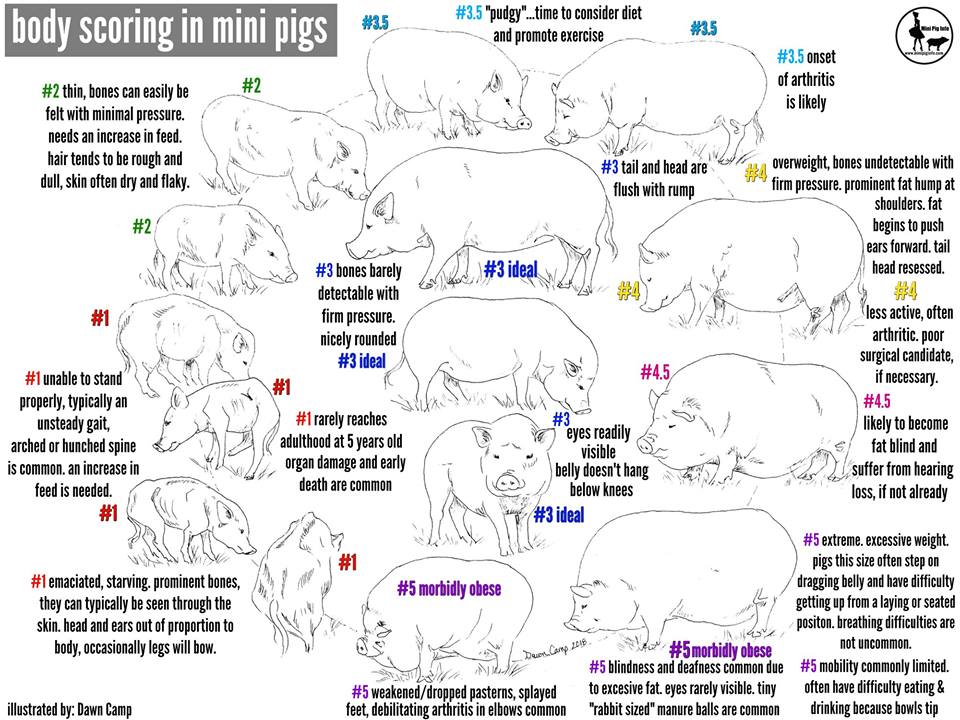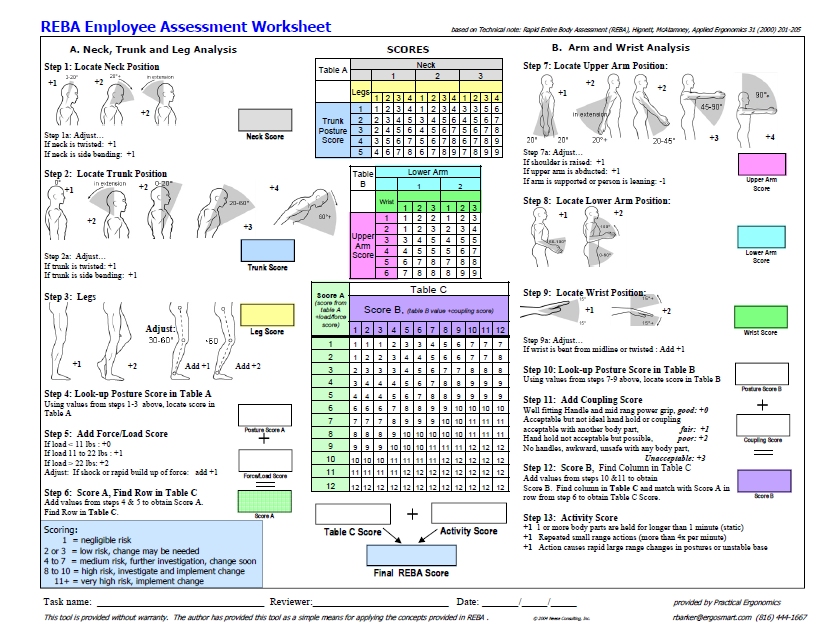Proper Body Scoring: Assessing Your Horse’s Condition

Understanding your horse’s body condition is crucial for maintaining its health, performance, and overall well-being. Proper body scoring is a systematic way to evaluate your horse’s fat coverage and muscle tone, helping you make informed decisions about diet, exercise, and veterinary care.
What is Body Scoring?
Body scoring is a visual and tactile assessment method used to estimate the amount of fat on a horse’s body. It typically involves assigning a numerical score based on specific physical landmarks. This score helps owners and caretakers monitor changes in the horse’s condition over time.
Why is Body Scoring Important?
- Health Monitoring: Detects underweight or overweight conditions early.
- Performance Optimization: Ensures the horse is in optimal condition for work or competition.
- Nutritional Management: Guides feeding programs tailored to the horse’s needs.
- Veterinary Assessment: Assists vets in diagnosing health issues related to weight.
The Henneke Body Condition Scoring System
One of the most widely used systems is the Henneke Body Condition Scoring (BCS) system, which rates horses on a scale from 1 to 9:
| Score | Description | Characteristics |
|---|---|---|
| 1 | Poor | Emaciated, bone structure prominent |
| 2 | Very Thin | Slight fat covering, ribs visible |
| 3 | Thin | Fat buildup beginning, ribs easily felt |
| 4 | Moderately Thin | Ribs less visible, slight fat cover |
| 5 | Moderate (Ideal) | Ribs felt but not visible, smooth body |
| 6 | Moderately Fleshy | Fat over ribs, slight crease along back |
| 7 | Fleshy | Noticeable fat deposits, crease present |
| 8 | Fat | Obvious fat deposits, difficult to feel ribs |
| 9 | Extremely Fat | Obese, heavy fat deposits, creases filled |
How to Perform a Body Score Assessment
- Visual Inspection: Observe the horse from the side, front, and rear.
- Palpation: Feel key areas such as the neck, withers, ribs, loin, and tailhead.
- Compare to Scoring Chart: Match your observations to the descriptions in the scoring system.
- Record and Monitor: Keep a log of scores to track changes over time.
Tips for Accurate Scoring
- Perform assessments regularly, ideally monthly.
- Use consistent lighting and environment.
- Have multiple people score independently for accuracy.
- Combine scoring with weight measurements if possible.
Frequently Asked Questions (FAQ)
Q1: How often should I score my horse?
A: Monthly scoring is recommended to monitor changes effectively.
Q2: Can body scoring replace weighing my horse?
A: No, but it complements weight measurements by providing insight into fat distribution.
Q3: What if my horse scores too low or too high?
A: Consult a veterinarian or equine nutritionist to adjust diet and care plans.
Q4: Is body scoring applicable to all horse breeds?
A: Yes, but some breeds may naturally carry more or less fat, so consider breed characteristics.
Conclusion
Proper body scoring is an essential skill for any horse owner or caretaker. It empowers you to maintain your horse’s health proactively, optimize performance, and prevent potential health issues related to improper body condition. Regular assessments combined with professional advice ensure your horse stays in peak condition throughout its life.
